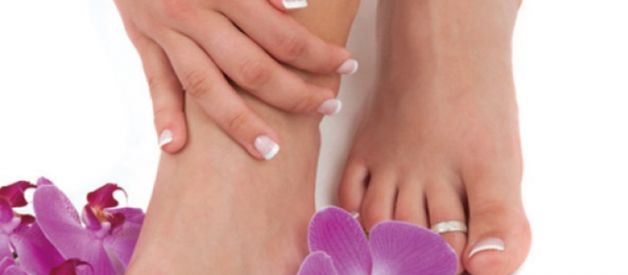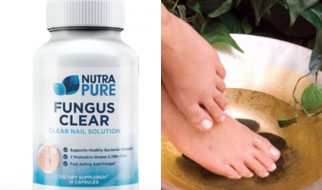Just be careful not to self-treat to the point of causing other problems such as infections or ulcers.
How to Remove Calluses – Self-help Home Corn and Callus Treatment
Because corns and calluses are generally caused by friction and pressure, the easiest way to get rid of them is by removing the source of the friction and pressure. Wear shoes and socks that fit properly and take care of bunions, hammertoes or other foot problems.
The Mayo Clinic and the American Association of Orthopedic Surgeons have a number of simple suggestions on how to remove calluses and corns or relieve pain and pressure:
- Add protective pads at the point where the shoe rubs.
- Soak feet in warm soapy water. This softens the thickened skin, making it easier to remove.
- Use moisturizer to keep skin soft.
- Use non-medicated corn pads to relieve pressure.
- Put lamb’s wool between toes to lessen stress on soft corns and lessen irritation.
Note: For use of medicated pads and liquids, see section on Medical Treatments for Calluses and Corns.
Foot Callus Remover Tools: Pumice Stone, Callus File and Callus Reducer
For the next step up in callus removal, a pumice stone, callus file or callus reducer uses a rubbing or filing motion as a foot callus remover technique. The pumice stone works better on wet skin, the other products on dry skin or they’re more likely to tear the skin rather than file it.
Manufacturers of these products include Dr. Scholl’s, Ultra, Preferred Plus, Titania, ConAir and PedEgg. Many of the callus reducer products use stainless steel or silicone carbide grit screens that should be washed after each use.
Consumers Report did a comparison of a pumice stone and the PedEgg, a well-known foot file that is shaped like an egg. They found the PedEgg did a better job at removing calluses and dry skin than the pumice stone, and its buffing pad smoothed over any roughness left by the file.
For a review and demonstration of PedEgg, check out NBC’s video report.
More Aggressive Callus Removal: Callus Razors and Callus Shavers
For even more aggressive callus removal, several manufacturers have come up with callus razors and callus shavers. Examples include NuSole Corn & Callus Razor, Revlon Callus Shaver, and Tweezerman Safety Slide Callus Shaver. A callus razor or shaver does just what its name implies: its callus blade shaves off layers of dead skin.
Unfortunately, it can easily nick or cut into live skin, causing the foot to bleed. For this reason, callus razors or shavers should only be used on very thick calluses and even then, very carefully. To be safe, leave a thin lay of callus on the foot. This decreases the chance of cutting into live skin and also protects the less callused area of the foot from blistering.
Note: People with diabetes or those with poor circulation should not use any of these more aggressive callus remover products. Even a small nick or cut in the skin can quickly become infected.
Medical Treatments for Calluses and Corns: From Salicylic Acid to Orthotics
If the home treatment does not get rid of the corn or callus, or it becomes painful, see a podiatrist or doctor for treatment. Corn and callus treatment may include:
- Trimming the dead, thickened skin with a scalpel. The health practitioner will make sure the apparatus is properly sterilized. Because of his experience using this tool, he is less likely to cut into live skin.
- Using salicylic acid as a chemical peel for the dead skin. Although OTC patches containing 40 percent salicylic acid (brand names include Curad Mediplast, Dr. Scholl’s Corn Removers) are available, they should be used with caution. These OTC medicated corn pads and callus removers can irritate healthy skin, making the problem worse. A health care practitioner can advise on the best use of these products and demonstrate their correct use.
- Using antibiotic ointment over the affected to reduce the risk of skin infection or to treat an existing one.
- Prescribing orthotics (custom-made shoe inserts) to correct underlying foot problems that are causing corns or calluses.
- Recommending surgery if the underlying cause of the corn or callus is a misalignment of bones in the foot resulting in bunions or hammertoes.
While corns and calluses are not pretty and can be painful, proper foot care can minimize their formation. If they do form, it’s equally important to make sure treating them does not cause infection, ulcers or other problems.


